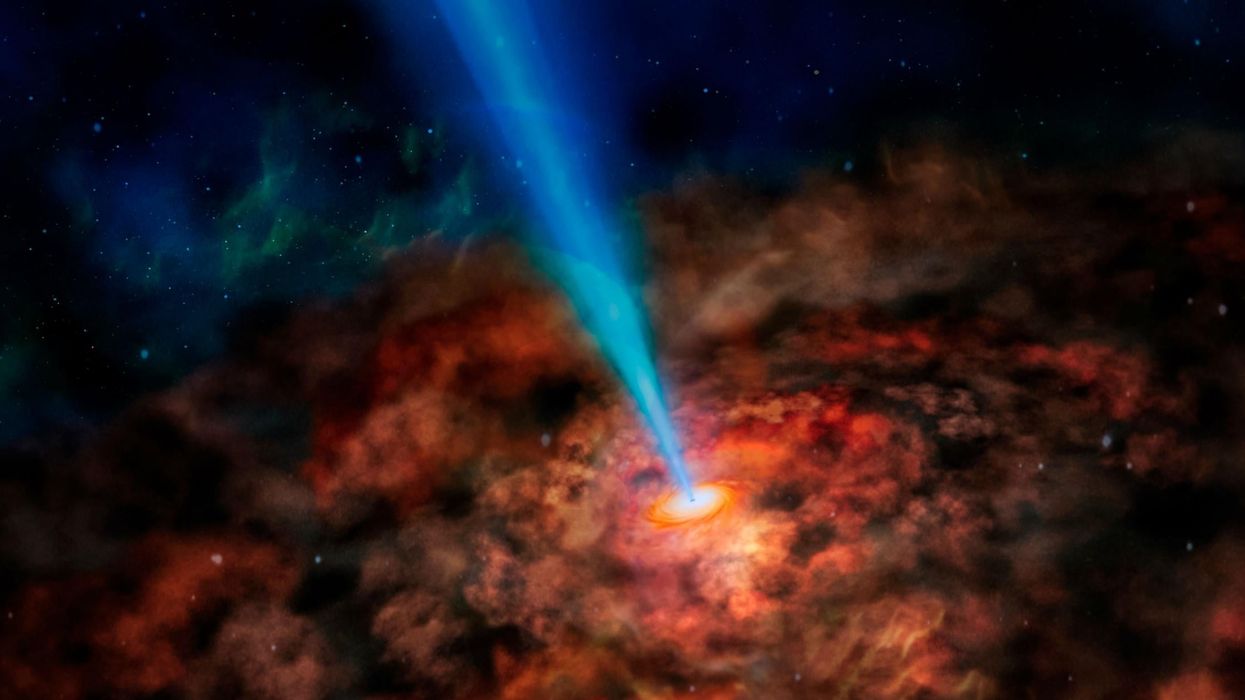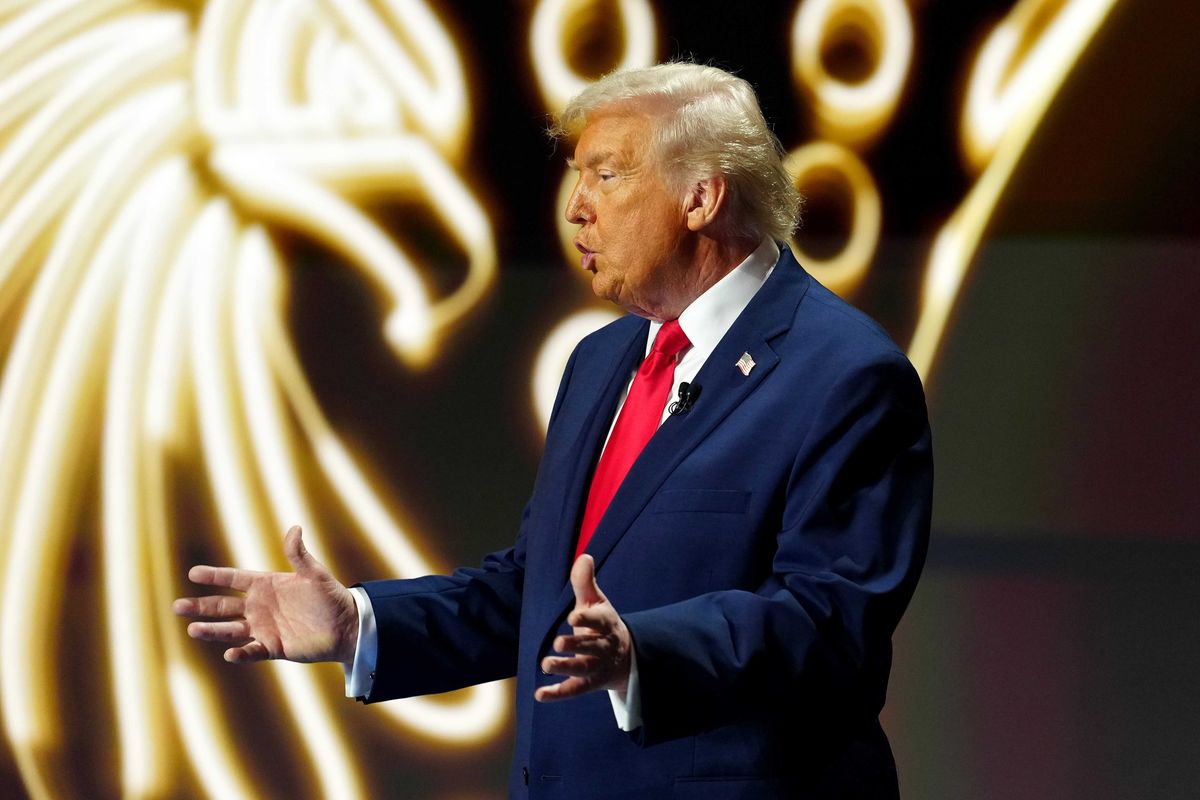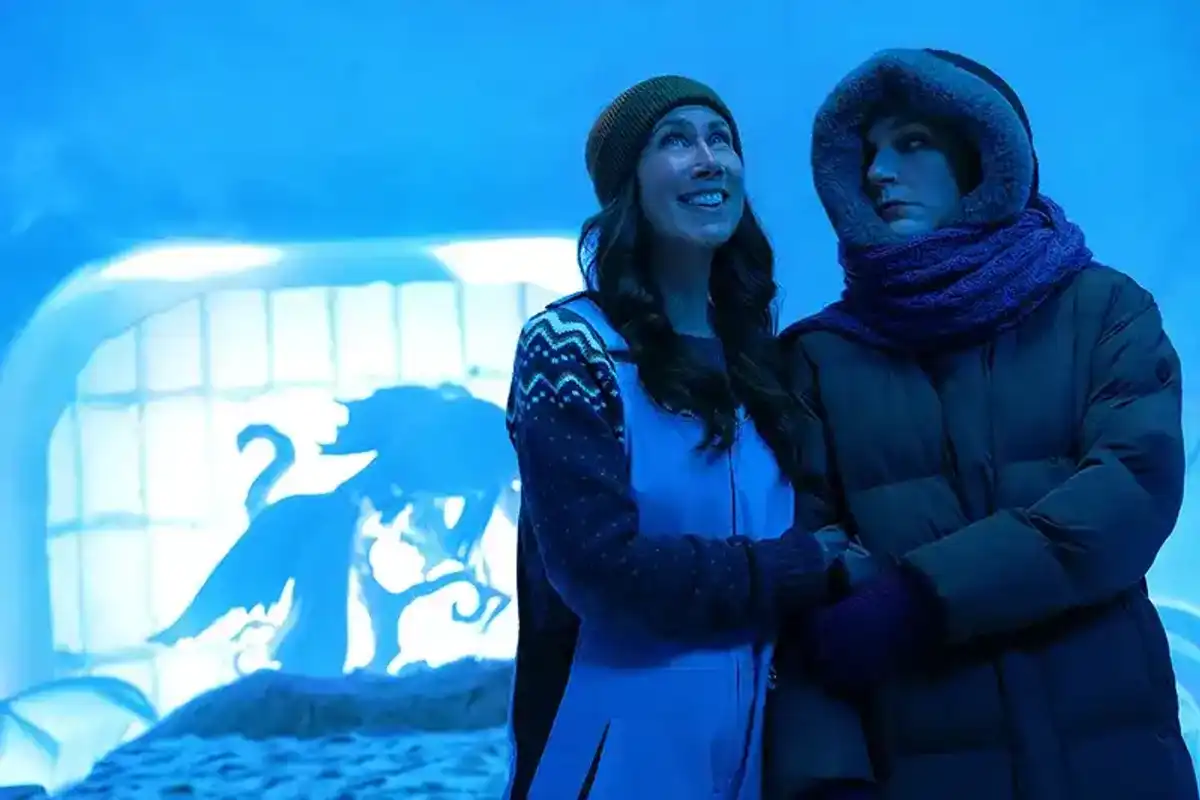Narjas Zatat
Jul 15, 2019

Picture:
iStock
NASA’s Hubble Space Telescope has detected a supermassive black hole that defies existing theories about the universe, a new report has revealed.
The black hole is approximately 250 million times heavier than the sun, is found at the centre of the spiral galaxy NGC 3147 and is some 140 million light years from Earth.
Around the black hole scientists noticed an “accretion disk” – debris and gas – moving around the edge.
This is unexpected: based on current theories surrounding black holes, such a disk should not exist so close to a black hole.
"We thought this was the best candidate to confirm that below certain luminosities, the accretion disk doesn't exist anymore," explained Ari Laor of the Technion-Israel Institute of Technology located in Haifa, Israel.
What we saw was something completely unexpected. We found gas in motion producing features we can explain only as being produced by material rotating in a thin disk very close to the black hole.
The report was published in the journal, Monthly Notices of the Royal Astronomical Society, and lead author Stefano Bianchi said: “The same type of disk we see in objects that are 1,000 or even 100,000 times more luminous.”
He went on to say:
The predictions of current models for gas dynamics in very faint active galaxies clearly failed.
The disk, the report says, will give scientists the opportunity to test Albert Einstein’s theories of relativity.
"This is an intriguing peek at a disk very close to a black hole, so close that the velocities and the intensity of the gravitational pull are affecting how the photons of light look," Bianchi added.
We cannot understand the data unless we include the theories of relativity.
More: Woody Harrelson antics at Wimbledon might be the funniest thing you see all day
More: Monica Lewinsky hilariously reveals the worst career advice she ever received
Top 100
The Conversation (0)













